China’s automotive landscape has exploded over the past few decades, transforming from a nation with limited private vehicle ownership to one of the world’s largest car markets. This rapid growth has sparked genuine enthusiasm for automotive culture, leading to an impressive collection of museums dedicated to preserving and showcasing automotive history.
These institutions range from massive government-funded facilities to passionate private collections, each offering unique perspectives on both Chinese and international automotive heritage. Here is a list of 12 car museums across China that deserve a spot on any automotive enthusiast’s itinerary.
Shanghai Auto Museum
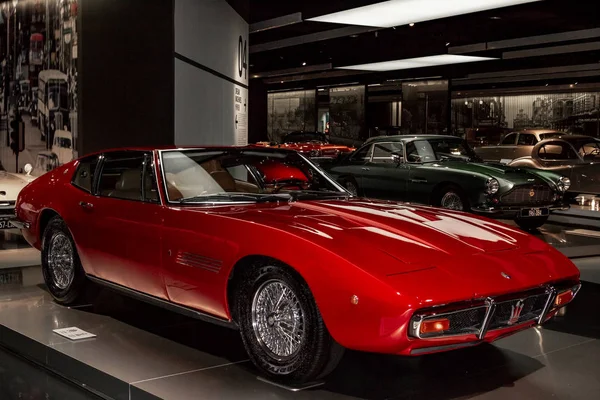
Located in Anting within the Jiading District, this groundbreaking institution holds the distinction of being China’s first dedicated automotive museum. The facility opened its doors in January 2007 with an impressive 28,000 square meters of space — housing over 100 classic automobiles representing nearly 50 brands from around the globe.
Despite its massive scale, the museum’s three main pavilions create an intimate journey through automotive history, showcasing everything from milestone vehicles to pristine examples manufactured between 1900 and 1970.
Beijing Auto Museum
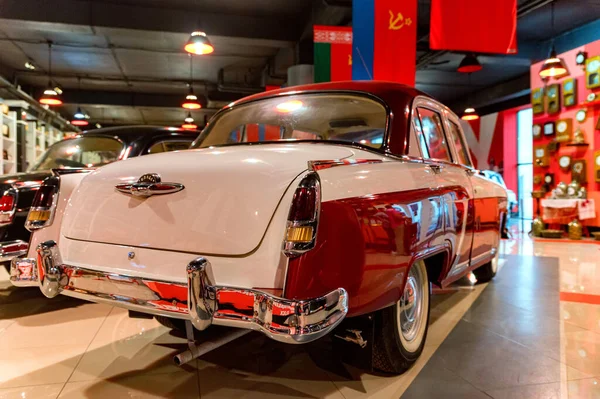
This five-story architectural marvel draws inspiration from a radiant “eye” design, symbolizing its forward-thinking approach to automotive culture. Established in 2011, the museum seamlessly blends educational content with interactive experiences across its 50,000 square meters of exhibition space.
Whereas many museums feel static, this one buzzes with activity — kids enjoy hands-on displays, while adults explore. At the same time, adults explore the evolution of China’s automotive industry, and there’s even a go-kart track outside the main building.
Like Travel Pug’s content? Follow us on MSN.
Beijing Classic Car Museum
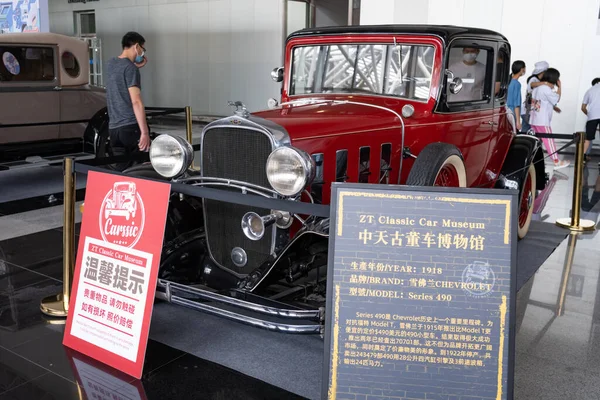
Nestled in the Huairou District about an hour north of central Beijing, this private collection belongs to automotive enthusiast Luo Wenyou. The museum houses over 100 Chinese and foreign vintage vehicles, though it’s the incredibly rare examples that’ll grab your attention.
The collection particularly shines when it comes to classic Chinese automobiles from the 1950s and 1960s, offering visitors a glimpse into the country’s early automotive manufacturing efforts that you won’t find elsewhere.
Sanhe Classic Car Museum
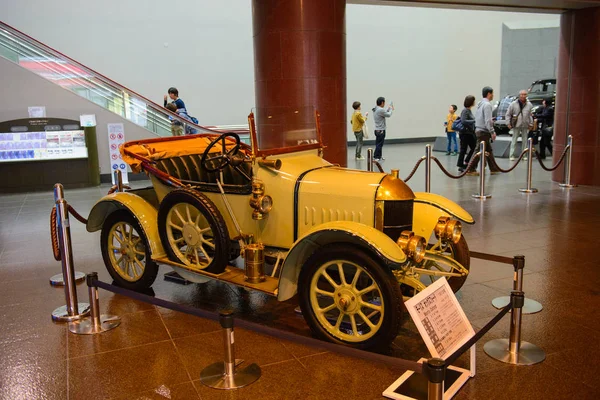
Chengdu’s crown jewel for automotive enthusiasts boasts the largest collection of “collection-class” classic cars in China, according to industry experts. This private museum opened in 2005 within the Sanhe Automobile Park and serves multiple purposes beyond just displaying vehicles.
What sets it apart? The facility includes restoration workshops where skilled artisans bring vintage automobiles back to life, making it both a museum and an active preservation center for automotive heritage.
Taishan Classic Car Museum
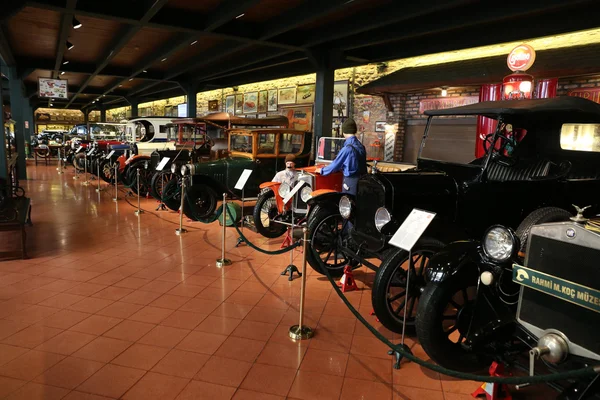
Zhang Yonglong’s impressive facility sits on the north shore of Tianyi Lake — roughly 12 miles south of Tai’an city in Shandong Province. The massive five-story building organizes its collection by distinct themes on each floor, yet the real magic happens when you discover vehicles that are seldom seen elsewhere in China.
The museum’s diverse collection ranges from perfectly restored classics to fascinating examples with original patina that tell their own compelling stories.
Like Travel Pug’s content? Follow us on MSN.
Weifang Generations Classic Car Museum
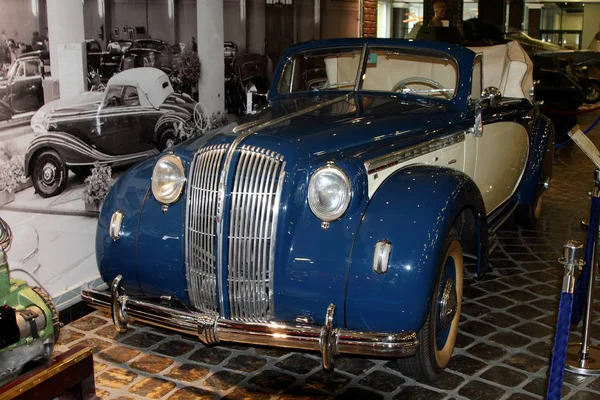
Also owned by collector Zhang Yonglong, this Shandong Province museum showcases over 300 classic cars in a setting that emphasizes the generational impact of automotive design. The collection spans multiple decades and includes both Chinese and international vehicles — though it’s particularly strong in European classics.
Visitors often spend hours examining the detailed placards that explain not just the cars themselves but their broader cultural significance throughout different eras.
FAW Hongqi Cultural Exhibition Hall
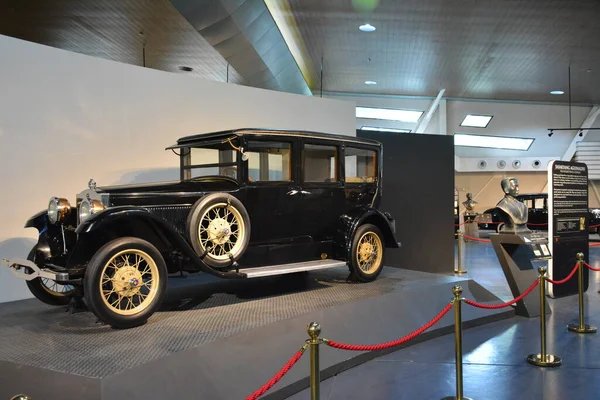
First Automobile Works established this in-house museum to celebrate the iconic Hongqi (Red Flag) brand, which has served as China’s premier luxury vehicle for decades. The exhibition hall traces the development of these prestigious automobiles from their earliest prototypes to modern incarnations.
Many of the vehicles on display served high-ranking government officials — adding a layer of political and cultural history that extends far beyond mere automotive interest into China’s recent past.
China National Heavy Duty Truck Museum
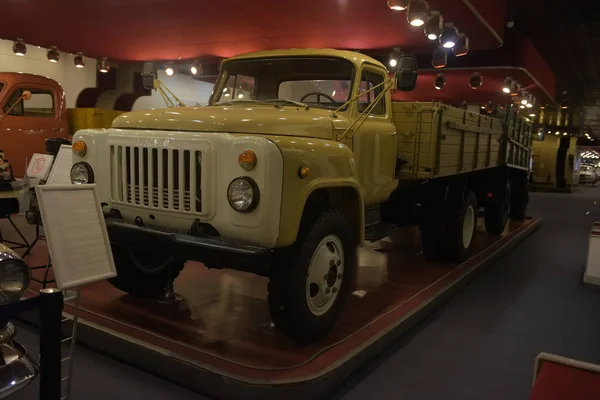
Sinotruk, one of China’s largest commercial vehicle manufacturers, created this specialized museum to showcase the evolution of heavy-duty trucking in the country. While it might seem narrow in focus compared to other museums, the collection tells the fascinating story of China’s industrial development through the lens of commercial transportation.
These massive vehicles helped build modern China’s infrastructure and economy — a story that’s both technical and deeply human.
Like Travel Pug’s content? Follow us on MSN.
China Industrial Museum
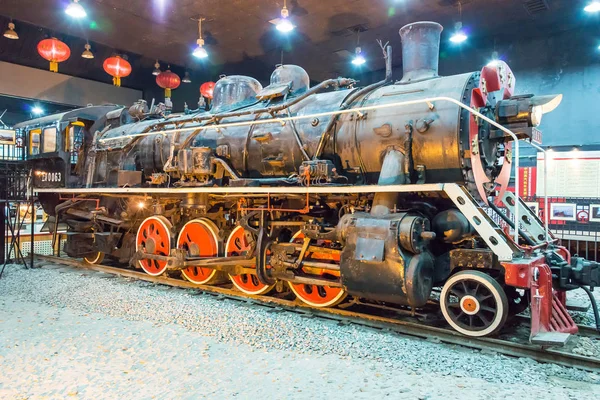
Located in Shenyang and opened in 2012, this broader institution features a dedicated Automobile Exhibition Hall that focuses specifically on Chinese motor industry development. The collection includes an intriguing replica of the first Minsheng truck from the 1930s alongside authentic vehicles like World War II jeeps and various Soviet-era sedans.
Even so, the museum effectively places automotive development within the larger context of China’s industrial modernization rather than treating cars as isolated artifacts.
BYD Di Space New Energy Science Museum
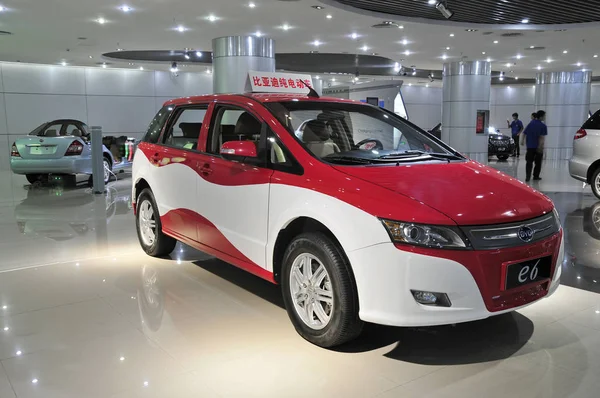
Zhengzhou welcomed this cutting-edge facility in October 2023 — marking it as China’s first museum dedicated specifically to new energy vehicles. BYD built this immersive science museum to showcase the future of automotive technology while educating visitors about sustainable transportation solutions.
The exhibits blend automobile culture with advanced technology demonstrations, though they’re designed to appeal particularly to younger visitors who’ve grown up with electric vehicles as the norm.
Classic Car Culture Museum of Taiyuan
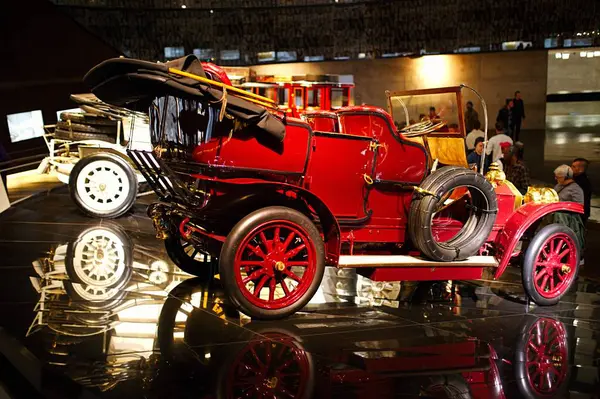
Shanxi Province’s first automotive-themed museum proudly carries the tagline “memory on wheels” and houses thousands of automotive-related items beyond just vehicles. The museum integrates classic car displays with academic seminars and educational programs, creating a comprehensive cultural experience.
Still, it serves as both a tourist attraction and a platform for automotive enthusiasts to gather and share their passion for vintage vehicles across generations.
Like Travel Pug’s content? Follow us on MSN.
HY Auto Museum
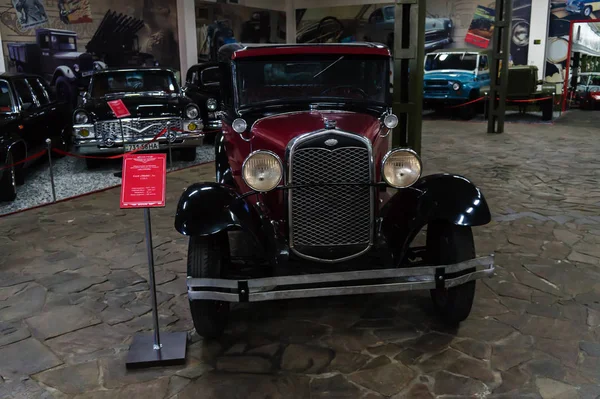
Opened in 2017 within the Mawei Shipbuilding Park, this museum primarily showcases Western automotive brands like Mercedes-Benz and Volkswagen. The facility doubles as a venue location and houses an active restoration workshop where visitors can sometimes observe artisans working on classic vehicles.
Though smaller than some of China’s flagship automotive museums, it offers an intimate setting where car enthusiasts can get up close with meticulously maintained European classics.
The road ahead for automotive heritage
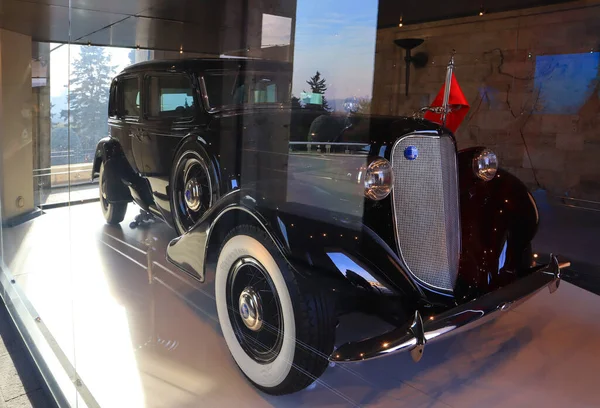
China’s commitment to preserving automotive history reflects the country’s rapid transformation from an agricultural society to a global manufacturing powerhouse. These museums serve as bridges between China’s industrial past and its high-tech automotive future, particularly as the nation leads the world in electric vehicle development. The diversity of these institutions demonstrates how deeply automotive culture has taken root in Chinese society, whereas just decades ago, private car ownership was virtually nonexistent.
Whether you’re fascinated by the political symbolism of Red Flag limousines or curious about the latest advances in electric vehicle technology, China’s car museums offer compelling glimpses into both automotive history and the future of transportation. The growing number of these institutions suggests that China’s love affair with automobiles will continue to deepen, creating even more opportunities for enthusiasts to explore the fascinating intersection of technology, culture, and human mobility.
More from Travel Pug

- 20 Best Beach Towns in the Carolinas
- 13 Destinations Where Tourists Regularly Regret Their Trip
- 20 Things You Actually Get in First Class
- 20 Small Airports With Aviation Museums
- 20 Places in the U.S. That Are Perfect for a Reset Trip
Like Travel Pug’s content? Follow us on MSN.
